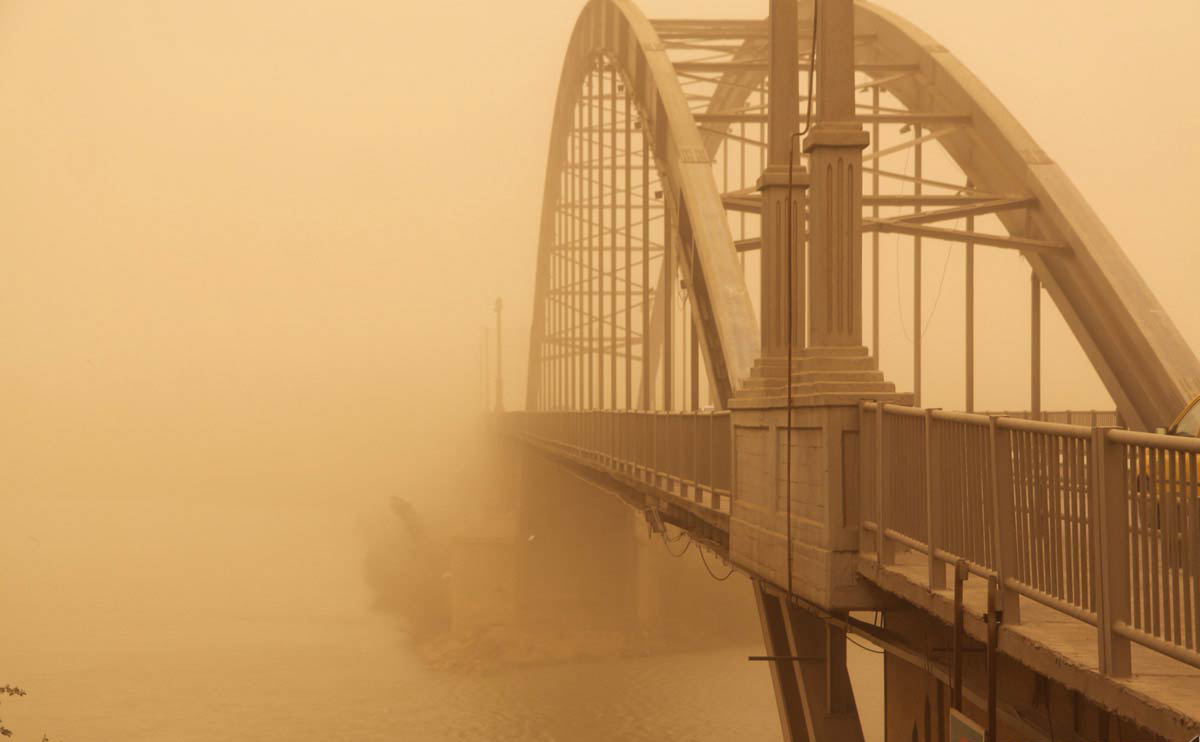Scientists at Iran’s Meteorological Research Center have devised a model to predict the concentration of particulate matter in the air on an hourly basis for up to 72 hours in Iran and the Middle East.
Tests have shown that the model is capable of making accurate predictions with small margins of error so long as up-to-date data on the texture and gradation of soil is available, ISNA reported.
The model enables experts to lay out a profile of pollutant concentration in the air up to a height of nine kilometers above the ground.
Abbas Ranjbar, head of the research center, said that the network’s required data includes numerical models of weather forecast as well as meteorological and remote sensing (weather satellite) data. This enables the model to make reliable predictions on a large-scale, but for more detailed forecasts, the model must be fed precise information about sources of dust storms.
Given that more precise data can guarantee more accurate forecasts, the research center has begun studies on soil gradation in collaboration with the prestigious Jondishapour University of Ahvaz.
“The Cabinet has approved the budget for this project,” said Ranjbar, adding that he hopes the funds will be made available soon.
Designing an integrated network to predict and give early warnings about pollution and dust particles has been one of the main focus areas of the research center for some time. The center’s upcoming project is to create a monitoring and early warning system for dust storms in Khuzestan Province, which has borne the brunt of crippling dust storms in recent years.
The oil-rich province has roughly 400,000 hectares of barren land that exacerbate its near permanent struggle with dust storms that mostly originates in neighboring Iraq and Saudi Arabia. Back in February, concentration of PM10 in the provincial capital Ahvaz reached 9,977 µg/m3 — 66 times the standard —which led to the closure of schools and offices for days and filled emergency rooms with people complaining of breathing difficulties. The acceptable daily average for PM10 is 150 µg/m3.
Domestic sources, including the desiccated wetlands such as Hoor al-Azim in Khuzestan and Hamouns in Sistan-Baluchestan, have made a bad situation worse.
According to Ziaeddin Shoaei, head of the Department of Environment’s task force to combat dust storms, about $2.8 billion is needed to tackle the phenomenon. But the DOE lacks the financial resources and the political clout to battle the crippling dust storms that have affected large parts of the country.
The government in Tehran has appealed for an international effort to help tackle the problem that has imposed a high toll in human life and colossal economic cost. The Global Environment Fund is said to have agreed to aid a joint effort by the DOE and the United Nations Environment Programme to combat dust storms.


